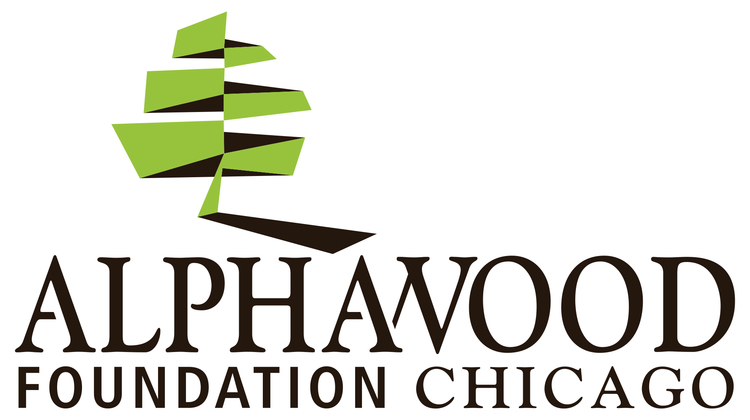An ambitious survey of underrecognized gay artists of the last half century.
CHICAGO — Because photographs record a moment that has passed, they are by nature poignant. But a particularly bittersweet mood infuses an ambitious exhibition here of photographs, paintings and videos of L.G.B.T.Q. art. The show, titled “About Face: Stonewall, Revolt and New Queer Art,” through Aug. 10 at the Wrightwood 659 art exhibition space, is the most unconventional of the Stonewall anniversary shows. It is made up of mini-retrospectives of artists who are, for the most part, underrecognized. Some were lost to AIDS in the ’80s and ’90s. A number of those spared by the virus have coped with alcohol and drug addiction.
When well-known artists are included, as with Peter Hujar, Greer Lankton and Roger Brown, they are represented by many unfamiliar pieces. And in the case of Harvey Milk, who is probably the most famous name of all, we see evidence of an overlooked amateur photography career that would probably merit little attention had Milk, the proprietor of a now legendary camera shop in the Castro district, not become a trailblazing San Francisco politician. Still, Milk’s photographic legacy is creditable, and, in light of his murder, haunting. (The show is curated by Jonathan D. Katz, a scholar specializing in L.G.B.T.Q. art.)
The upbeat works in the show were usually made by lesbians, including Joan E. Biren, Alice O’Malley and Sophia Wallace, who in very different ways celebrate female sexuality and lesbian pride, and by a few younger artists who came along late enough to escape the ravages of the epidemic.
In an exhibition that includes nearly 500 pieces by 39 artists, mostly represented in depth, these are five of the most intriguing.
Amos Badertscher, 82, has devoted his career, and life, to recording the hidden world of young men in his Baltimore neighborhood — castoff youths who turn tricks to finance their drug and alcohol habits but usually don’t regard themselves as gay. Mr. Badertscher, who benefited from a small inheritance, taught himself to photograph and turned his obsession into a documentary project. He quickly abandoned his early romanticism for sharp-focused portraits of individuals. On many of the prints, he writes in the margin about the person: what brought him to this point and, because Mr. Badertscher maintains contact with many of his subjects for years, what happened after the picture was taken. Too often they died young. Adding tension to his photographs is the problematic power dynamic in these transactions: Mr. Badertscher often includes his own figure, reflected in a mirror as he photographs his hard-pressed subjects.
The 117 mixed-media artworks by Jerome Caja constitute the largest display of his work since he died of AIDS in 1995 at the age of 37. And they are a revelation. With biting humor and Rabelaisian earthiness, Mr. Caja conveys the horrific absurdity of the AIDS epidemic as it was experienced by young gay men. The sexual liberty they embraced as life-affirming had marked them, seemingly at random, for hideous deaths. What else could he do but joke about it?
One of 11 sons raised in a Roman Catholic family in Cleveland, Mr. Caja found himself in San Francisco, where he studied art and established a reputation as an outrageous drag queen. His small-scale art works often invoke Catholic imagery and can suggest reliquaries. Mr. Caja developed a personal iconography, featuring birds, eggs, bunnies, pigs, blond Venuses, and more. His portraits are usually self-portraits, with his telltale large nose and full mouth. He painted with nail polish, mascara, whiteout, glitter and other trashy materials. And his supports were similarly humble: restaurant tip trays, scraps of wood, paper doilies, cheap frames with the price sticker still attached, bottle caps, even pistachio shells.
